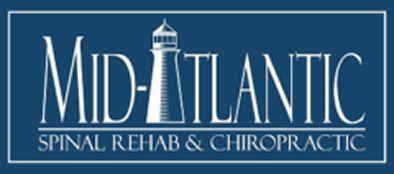Thankfully, in recent decades, many new moms have felt increasingly empowered to discuss the ups and downs of pregnancy and their postpartum journeys with each other and with the broader public. This information sharing – often colored by humor – helps both individuals to process their experience and others who are weathering the same kinds of challenges to know that they’re not alone.
Take, for instance, postpartum constipation. This is a term that few would have touched with a ten-foot pole only a few decades ago. Now, there are entire articles in respected publications like “Parents” devoted to the subject and endless commentary about how to manage this challenge on social media platforms.
This trend towards information-sharing and seeking support has even encouraged more postpartum women to open up to their care providers about numerous struggles instead of attempting to simply suffer in silence.
What Is Postpartum Physical Therapy And What Are Its Benefits?
When OB-GYNs and primary care doctors are alerted to a host of different postpartum challenges, they may recommend physical therapy as a primary solution or as part of a more holistic treatment approach. As an experienced Catonsville physical therapy provider – including those who practice at Mid-Atlantic Spinal Rehab & Chiropractic – can explain in more personalized detail, postpartum physical therapy is an essential, yet often overlooked, aspect of a woman’s recovery after childbirth.
One of the most significant benefits of postpartum physical therapy is the support it provides for pelvic floor recovery. During childbirth, the pelvic floor muscles are stretched and can be weakened or injured, particularly in the case of a difficult delivery or when interventions like forceps are used. Postpartum physical therapy helps in strengthening these muscles, reducing the risk of incontinence and pelvic organ prolapse, common issues many women face after giving birth.
Postpartum physical therapy efforts can also address diastasis recti, a condition where the abdominal muscles separate during pregnancy. This separation can lead to core weakness, lower back pain, and a protruding belly post-pregnancy. A physical therapist can guide new mothers through specific exercises that safely and effectively restore the strength and alignment of the abdominal muscles.
Postpartum physical therapy can also help with overall pain management. Childbirth can lead to various aches and pains, including back pain, pelvic pain, and joint discomfort. Through targeted exercises and manual therapy techniques, physical therapists help to alleviate these pains, enhancing a mother’s ability to care for her baby and engage in daily activities more comfortably.
Moreover, this therapy can be instrumental in aiding a woman’s return to physical activity. After childbirth, many women are eager to return to their pre-pregnancy exercise routines. Postpartum physical therapy providers can facilitate guidance on appropriate exercises, ensuring that the body is ready to handle the physical stress and preventing injuries.
Finally, postpartum physical therapy also addresses postural issues that can arise from pregnancy and breastfeeding. Carrying and nursing a baby can lead to strain on the neck, shoulders, and upper back. Physical therapists teach new mothers how to adopt proper postures while feeding and carrying their babies, which can prevent chronic pain issues.
Overall, postpartum physical therapy can be a valuable resource for new mothers, helping them to regain strength, confidence, and comfort in their bodies after the life-changing experience of childbirth.
